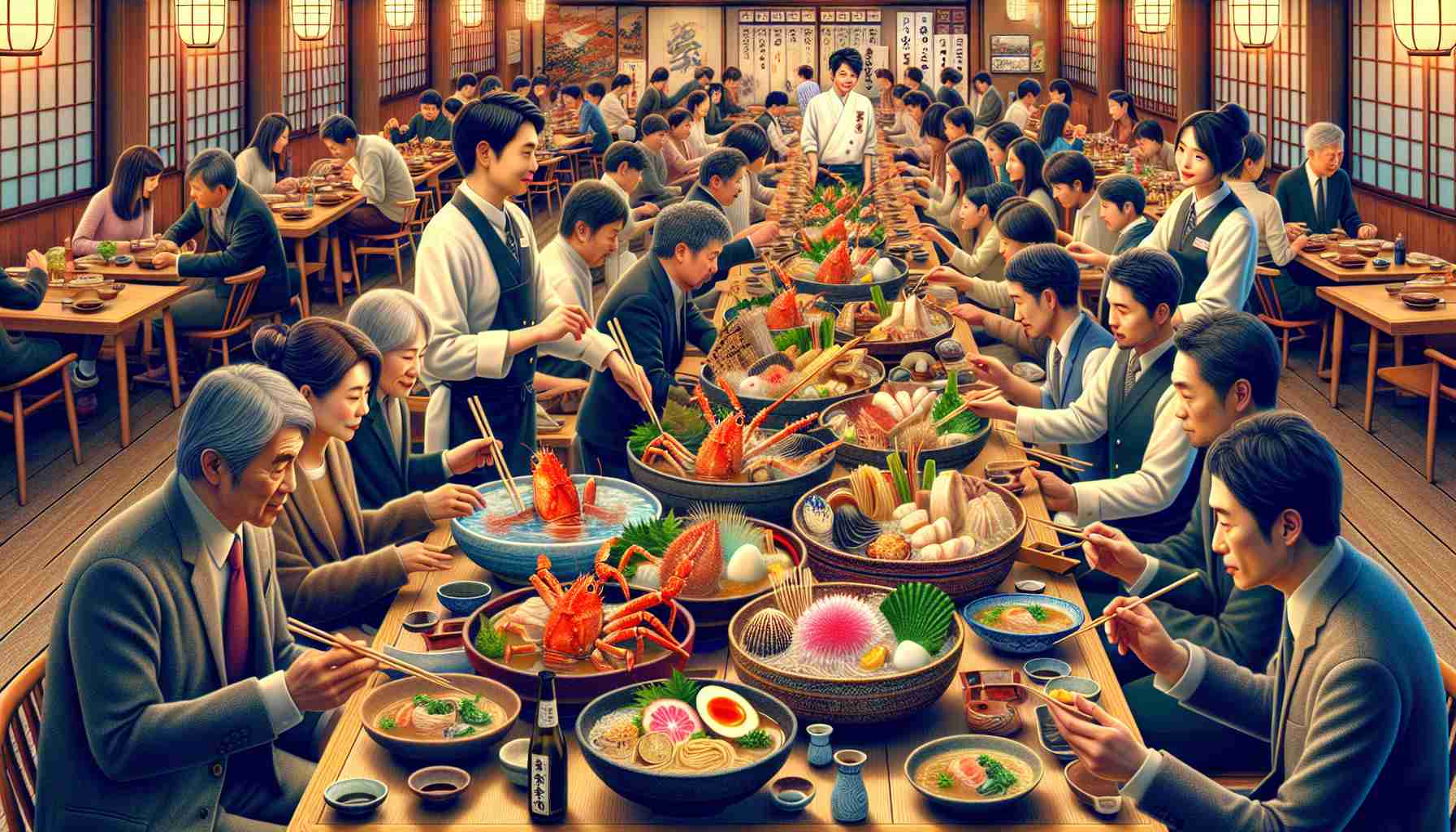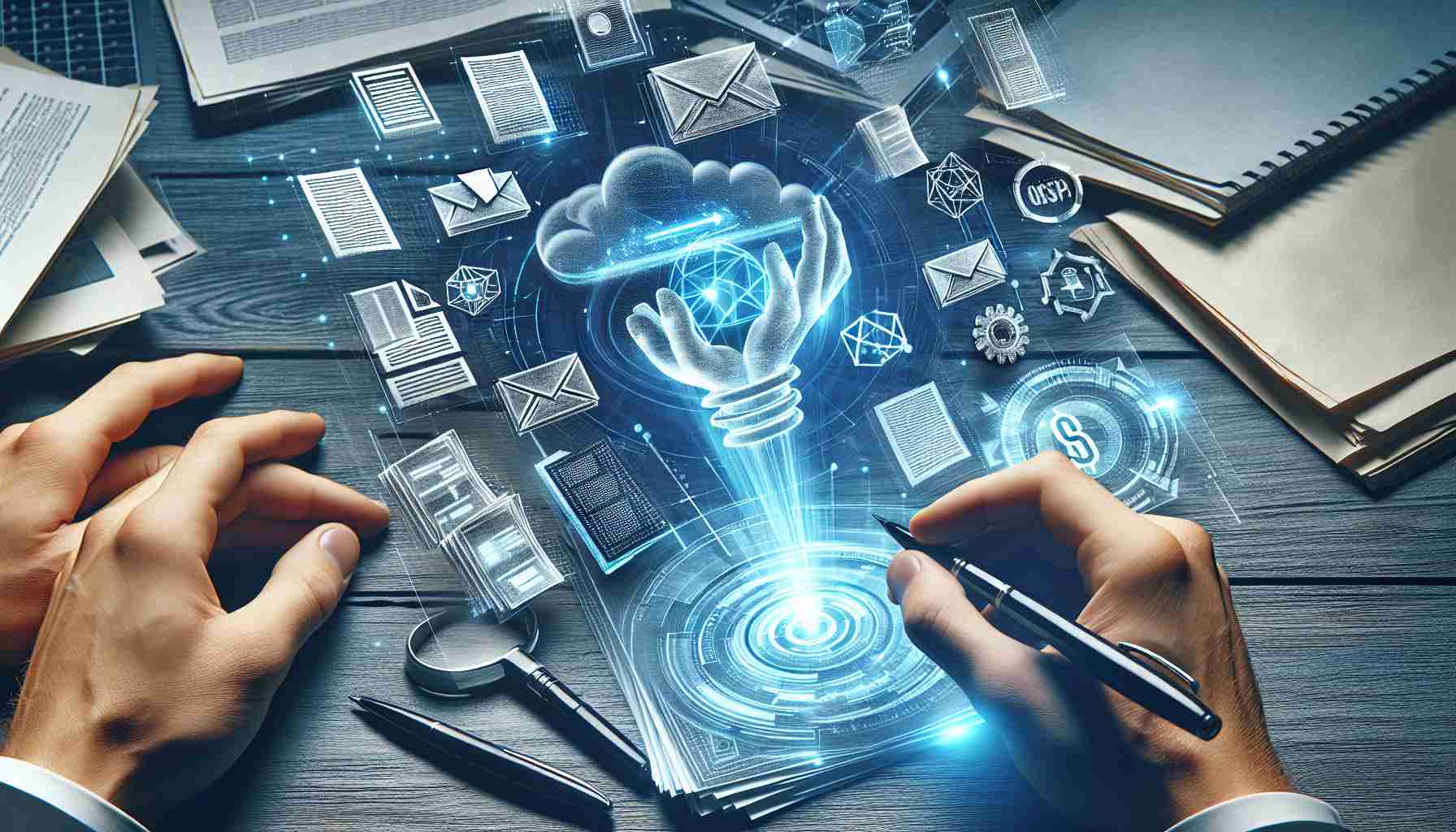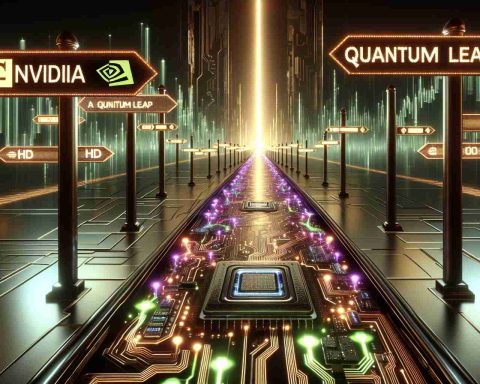The Rapid Evolution of AI Translation
In an age where technology continuously pushes boundaries, the notion that artificial intelligence could supplant human translators is not only fascinating but increasingly plausible. Recent advancements in AI-driven translation tools have proven remarkably effective in bridging language gaps, but a crucial question remains: can they truly replace the nuanced expertise of human translators?
Accuracy Meets Ambiguity
AI translation tools like Google Translate and DeepL have harnessed vast data troves, enhancing their ability to provide rapid, accurate translations. Yet, these tools often miss the mark when interpreting cultural nuances, idiomatic expressions, and context-specific meanings. Human translators excel in deciphering intricate linguistic and cultural subtleties, areas where AI typically falters.
The Role of Technology
Incorporating neural networks and natural language processing, AI-powered translators are evolving to understand context better and produce more natural translations. These improvements hint at a future where AI could handle most basic translation tasks, revolutionizing sectors such as tourism and e-commerce. Ironically, however, this technological progress might simultaneously highlight the irreplaceable value of human intuition and cultural insight.
What Lies Ahead?
Looking forward, the synergy between AI and human translators could redefine efficiency in the translation industry. As AI handles straightforward, high-volume translations, human linguists would focus on fine-tuning work that requires creativity and cultural fluency. In this hybrid model, AI does not replace human translators but rather reshapes their roles, creating a new realm of possibilities.
The Battle of Brains: AI vs. Humans in Translation
As AI translation tools continue their rapid evolution, communities and entire nations find themselves grappling with both opportunities and challenges. Besides the technical aspects, a deeper dive into the societal impact raises questions: How do these advancements affect our day-to-day lives, and what controversies swirl around this technological tide?
Global Impacts and Local Concerns
With AI enhancing its translation capabilities, global communication has never been easier. From multinational businesses to personal connections, AI bridges language barriers, allowing for seamless international interactions. In countries with diverse linguistic landscapes, like India and Switzerland, these tools foster inclusivity. Yet, this digital boon is not without its drawbacks. Over-reliance on AI translation in these multilingual societies might erode the status of local dialects, threatening cultural heritage.
The Creativity Conundrum
One controversial question looms large: Can AI truly capture the essence of human creativity? While AI-powered systems can translate technical documents with precision, they struggle with poetic language, humor, and emotion. The debate continues as some argue that human elements—such as empathy and cultural wisdom—remain irreplaceable. This distinction highlights a fundamental disadvantage of AI translation: its inability to grasp emotional and cultural depth.
The Advantages and Disadvantages
The benefits of AI translation extend beyond mere convenience. Cost-effective and time-efficient, these tools provide instant translations, a significant advantage for small businesses and travelers. Yet, critiques point out potential disadvantages in sectors relying on authenticity and creativity. Here, AI’s utility may fall short, calling for a balanced approach that marries technological prowess with the irreplaceable nuances of human insight.
For more information on AI translation advancements, visit Google Translate or DeepL.






















